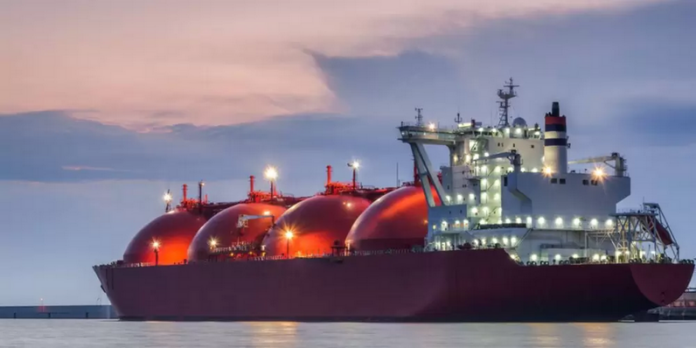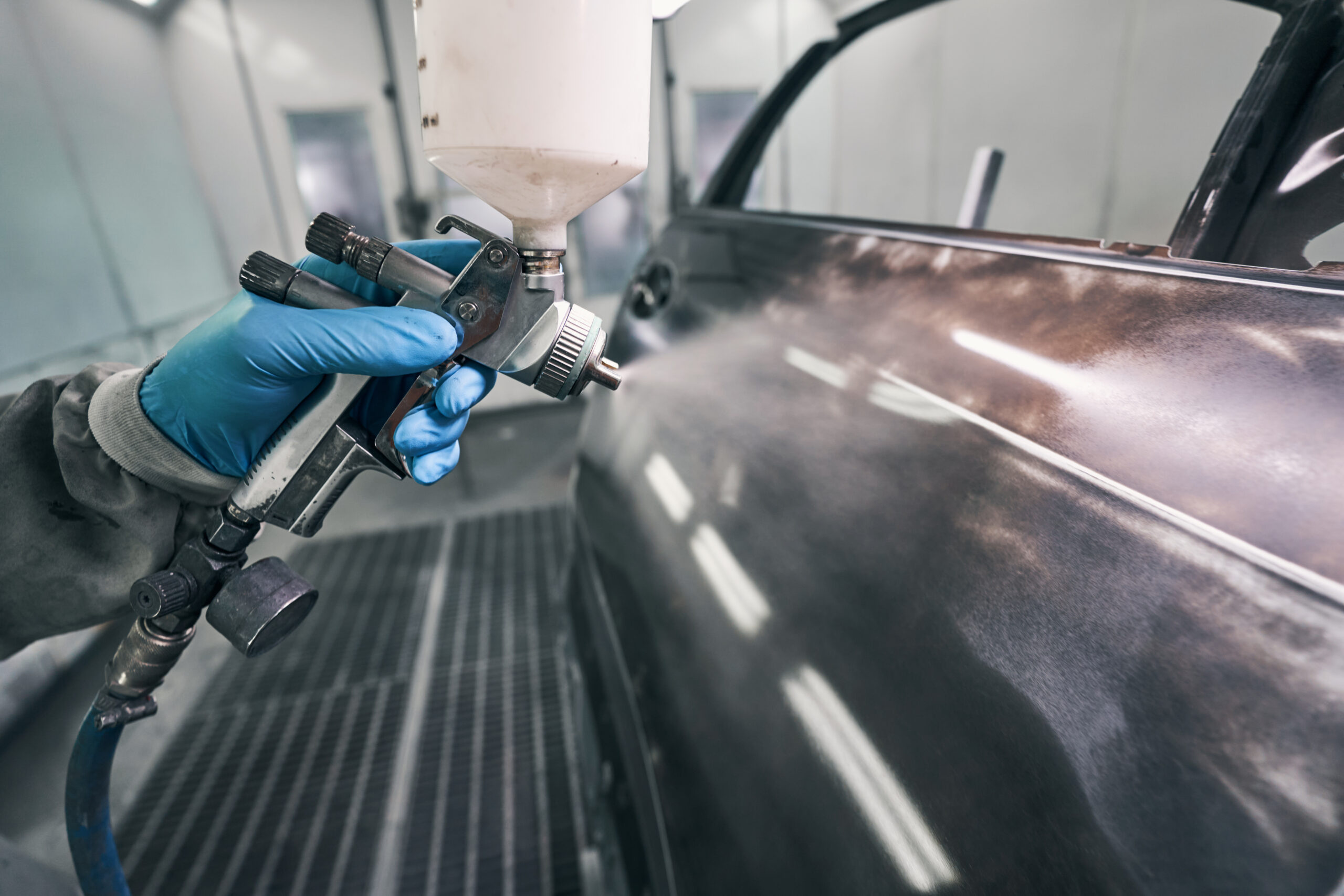Welcome to a tale of complete failure. It is a lurid combination of the oil and gas exploration industry presenting the case for the UK regulation limits back in 2014, the growth of the ‘eco dream’ by the very same regulators, and the mistakes committed since.
Oil and gas exploration expert and leading authority, Sir John Wood, completed a review in 2013 at the invitation of HM Government, which outlined the defects in oil and gas exploration regulation in the UK. That review led directly to the foundation of the Oil and Gas Authority in 2015, which became a Government Company on 01st October 2016 – where the single share is held by the Secretary of State for Department for Business, Energy and Industrial Strategy (BEIS). BEIS was formed by the recently elected Prime Minister Thesesa May in June 2016.
It is the Oil and Gas Authority (OGA) that administers licences to explore for oil and gas – although of the three devolved governments, only the Scottish administration has this power to act on behalf of the UK for Scottish assets. The OGA also looks after decommissioning, as well as carbon capture / green power initiatives (ie, oil and gas producer tie-in to fund eco policies).
Way back in 2014 the UK oil and gas exploration crisis was underway, led by lack of national as well as Scottish political will combined with ruinous taxation levels. More recently, the politically expedient coalition between the SNP and the Scottish Green Party, combined with increased legal challenge activity from known eco-warriors such as Green Peace, set against the grandstanding backdrop of COP26, led to Shell quitting the development of the Cambo oil field in 02nd December 2021. This was immediately hailed as a victory by First Minister Nicola Sturgeon MSP as well as most eco warriors. Notably Prime Minister Boris Johnson MP, under the deluded belief he was creating history at COP26, also endorsed this tragic development by his silence.
However, Sir John Wood has repeatedly cautioned that simply switching off oil and gas rather than a tapered transfer towards ‘green’ solutions would cause catastrophic commercial contraction along with significant job losses, especially for Scotland. These warnings have so far been ignored.
The bottom line is the ‘anti’ oil and gas exploration / production campaign has rattled the international oil companies who frankly can exploit other locations with significantly less hassle. That leaves the UK in the position of importing most of its oil and gas, a source of energy that currently represents 75 per cent of the total UK energy demand – or even more when the wind does not blow at exactly, precisely the correct speed.
The UK Government announcement in the heat of the energy cost backlash of ‘6 new fields’ is really approved exploration licences available for commercial bids, which might lead to partial relief of the pressure on oil and gas supply. However, these will take years to come on stream.
Specifically for gas.
Centrica owned and operated the former ‘Rough’ gas field, which has become a storage facility since depletion in 1985. The decision was taken in June 2017 to ramp the gas storage down due to ‘unacceptable operation costs’ and close it by 2021. The ‘Rough’ facility had capacity for about 10 days’ supply, and represented 70 per cent of all gas storage in the UK during 2017. The UK traditionally piped gas straight from the North Sea, and so did not want to invest in storage – which many other countries in Europe were forced to do.
HM Government did not make investment conditions encouraging, either.
There is a cunning plan to re-open Rough, but this will take a levy on every single gas customer’s bill to pay for the estimated £1.6 billion investment. In the context of adjacent new gas fields and the wish for hydrogen / carbon capture (the latter is for the time being an unproven non-scalable pure fantasy) it could be an investment in ‘Rough’ would be a good move.
Naturally Green Peace et al would once again seek to block this, nudging the UK further into a spot market price driven economy with no possible control over the effect on inflation.
Where are the eco-warriors? When will these people account for the economic impact of their protests? Will the failed political elite take all objections to energy development ‘in the round’, or only instead listen to bleating from the exceptionally comfortably off about ‘saving the plant’ based on a range of highly questionable ‘data’?
The focus
Bodyshops are, based on floor area, some of the most energy intensive businesses to be found anywhere. Rampant, un-controlled energy costs can go one of two routes:
- Absorbed into the business, or
- Passed onto clients / customers.
Bodyshops individually may be seen as ‘minor’, of ‘minimal impact’. Indeed, the sector does have a fairly unglamorous image and for most of the public, is completely invisible. Yet. Consider the automotive sector is not as HM Government thinks a ‘sunset industry’. Far from it. Personal mobility is here to stay regardless of what the World Economic Forum says.
Our sector will repair any type of vehicle powered by any sort of powertrain.
The bodyshop sector is an integral an important part of the UK mobility system, and without it the Department for Transport (DfT) along with most Government will be affected. Oh, and the economy will finally implode. Just as stopping all oil and gas exploration is a stupid ‘solution’ to a real issue, allowing bodyshops to weather huge variations in energy cost without some sort of escape route is also stupid. Hardly UK PLC.




